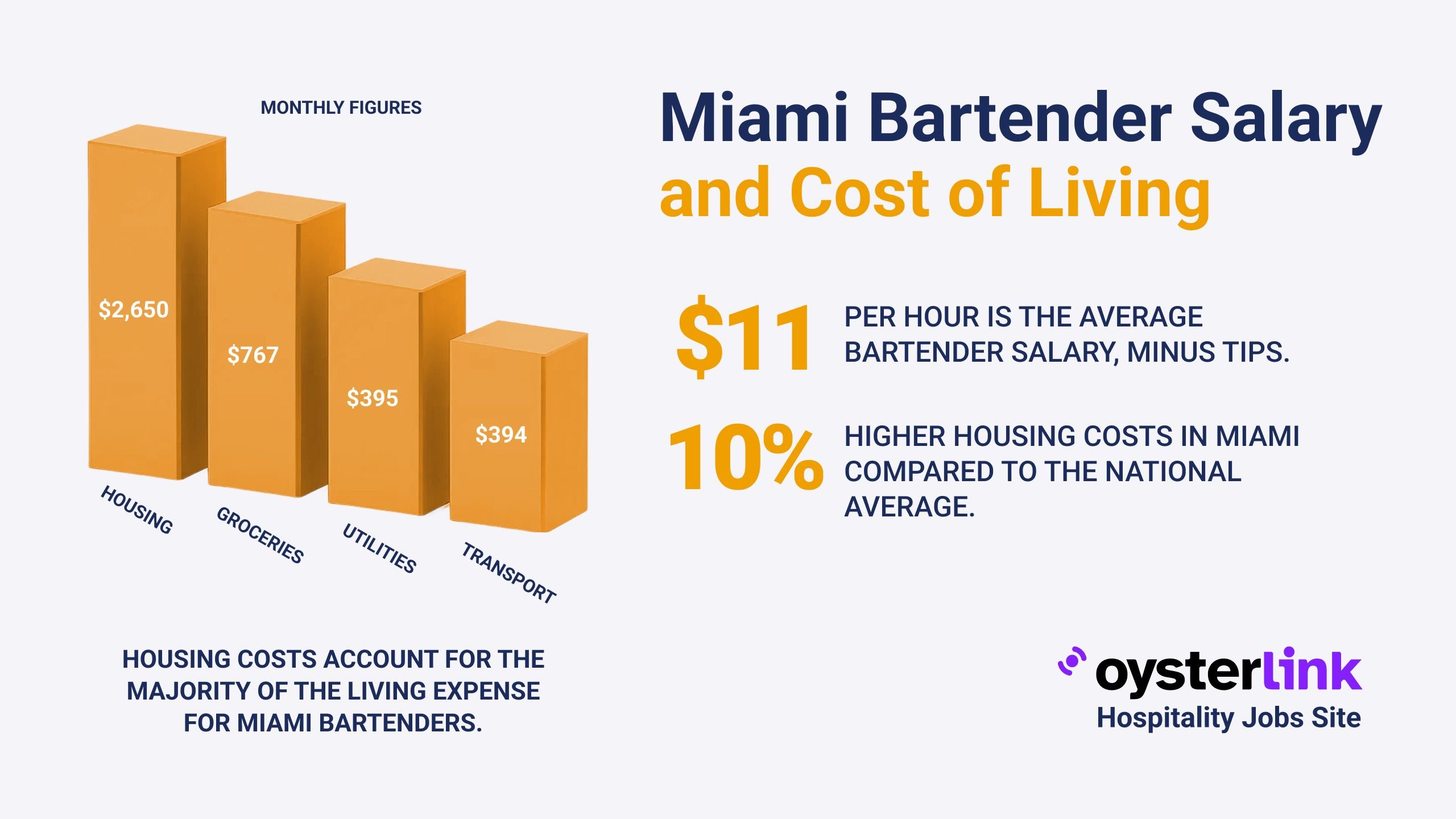New York City Living-Wage Comparison: Key Takeaways
- As of January 1, 2025, New York City's minimum wage is $16.50 per hour, equating to roughly $34,320 annually for full-time work.
- The average annual cashier salary in NYC is approximately $50,288, which is above the minimum wage, including bonuses and tips.
- Median rent for a one-bedroom apartment in Manhattan is $4,443 per month ($53,316 annually), exceeding the average cashier’s annual income.
- The rental vacancy rate in NYC is extremely low at 1.4%, with affordable options (<$1,650/month) being less than 1% of inventory, making housing access difficult.
New York City's recent wage increases benefit workers, but high living costs, especially housing, create financial challenges.
This article examines whether cashier salaries in NYC can realistically meet living expenses given current economic conditions.
Employers looking to attract the right staff can learn effective hiring strategies from how to hire a cashier.
Cashier Salaries vs New York City Living Wage
New York City's minimum wage increase to $16.50/hour represents a significant step towards a living wage for essential workers like cashiers.
At full-time hours (40 per week), this amounts to about $34,320 annually, setting a baseline for income in NYC’s workforce.
Cashiers, on average, earn well above this minimum at roughly $50,288 annually, which includes a base salary near $44,195 plus additional earnings from bonuses or tips.
This suggests that cashiers generally receive compensation higher than the bare minimum wage standard.
For employers, understanding key restaurant staff hiring considerations can improve recruitment outcomes.
The Impact of New York City Housing Costs on Cashier Salaries
Despite salaries exceeding minimum wage, high living expenses — particularly housing — strain the budgets of cashiers and other low-to-moderate wage workers.
The median rent for a one-bedroom apartment in Manhattan sits at a staggering $4,443 monthly, or $53,316 yearly, surpassing the average cashier salary by around $3,000.
This means that just affording basic housing consumes nearly 106% of a cashier’s total annual income, leaving virtually no room for other essentials like food, transportation, healthcare, and savings.
Housing Shortage Exacerbates Financial Challenges for Cashiers
The challenge is worsened by an extremely tight rental market. In 2023, the city recorded a vacancy rate of only 1.4%, the lowest level since 1968.
Even more concerning is that less than 1% of available units are affordable at rents below $1,650 per month, far out of reach for many cashiers.
This scarcity drives rental prices higher and reduces options, forcing many workers to spend a disproportionate share of their income on housing or seek less safe or convenient alternatives.
To better address financial challenges in hospitality roles, employers can benefit from insights in restaurant labor shortage.
Cost of Living Considerations Beyond Housing
In addition to rent, New York City has high costs for other essentials.
Transportation, groceries, utilities, health insurance, and childcare contribute significantly to monthly expenses.
Even with a cashier's salary above minimum wage, the total living costs challenge financial stability and increase vulnerability to economic shocks.
Understanding comprehensive cost of living in New York helps both staff and management plan better for expenses.
Strategies for Cashiers to Manage Living Wage Gaps in NYC
Facing these economic realities, many cashiers employ various coping strategies.
- Living with roommates or family members to share housing costs.
- Commuting from outer boroughs or neighboring areas with lower rent prices.
- Seeking supplemental income through part-time jobs or gig work.
- Utilizing public assistance programs and worker benefits.
However, such strategies often add complexity or reduce life quality and are not guaranteed solutions to the affordability crisis.
Cashiers looking for career and salary insights can explore the cashier salary overview for further guidance.
Policy Measures Towards Improving Living Wage Alignment in NYC
New York City has enacted policies to improve wage standards, including the recent minimum wage hike and the city’s Living Wage Law for certain contractors.
Efforts to increase affordable housing stock, improve tenant protections, and enhance worker benefits are ongoing but face challenges due to market dynamics and political factors.
Continued focus is needed to ensure wages keep pace with living costs, particularly for occupations like cashiers with traditionally lower pay.
Restaurant owners can learn how rising costs impact their hiring budgets in this spotlight on restaurant hiring budgets.
Additional Resources for Living Wage and Labor Information in NYC
For more information on living wage regulations and labor standards in New York City, consider these official resources:
- New York City Department of Consumer and Worker Protection: Living Wage Information
- New York State Department of Labor: Minimum Wage Information
- U.S. Department of Labor: Fair Labor Standards Act (FLSA)
Employers might also check hospitality job posting compliance to ensure proper hiring practices.
New York City Living-Wage Comparison: Conclusion
While cashier salaries in New York City exceed the official minimum wage, the extremely high cost of living, especially housing, greatly diminishes their purchasing power.
This mismatch highlights ongoing affordability challenges for essential workers in the city.
Addressing these barriers will require sustained policy efforts and innovative solutions to ensure wages not only meet legal standards but also align with real-world living expenses.
For hospitality professionals exploring career growth despite economic challenges, insights on great restaurant career paths might be helpful.

.png)

.png)
.jpg)